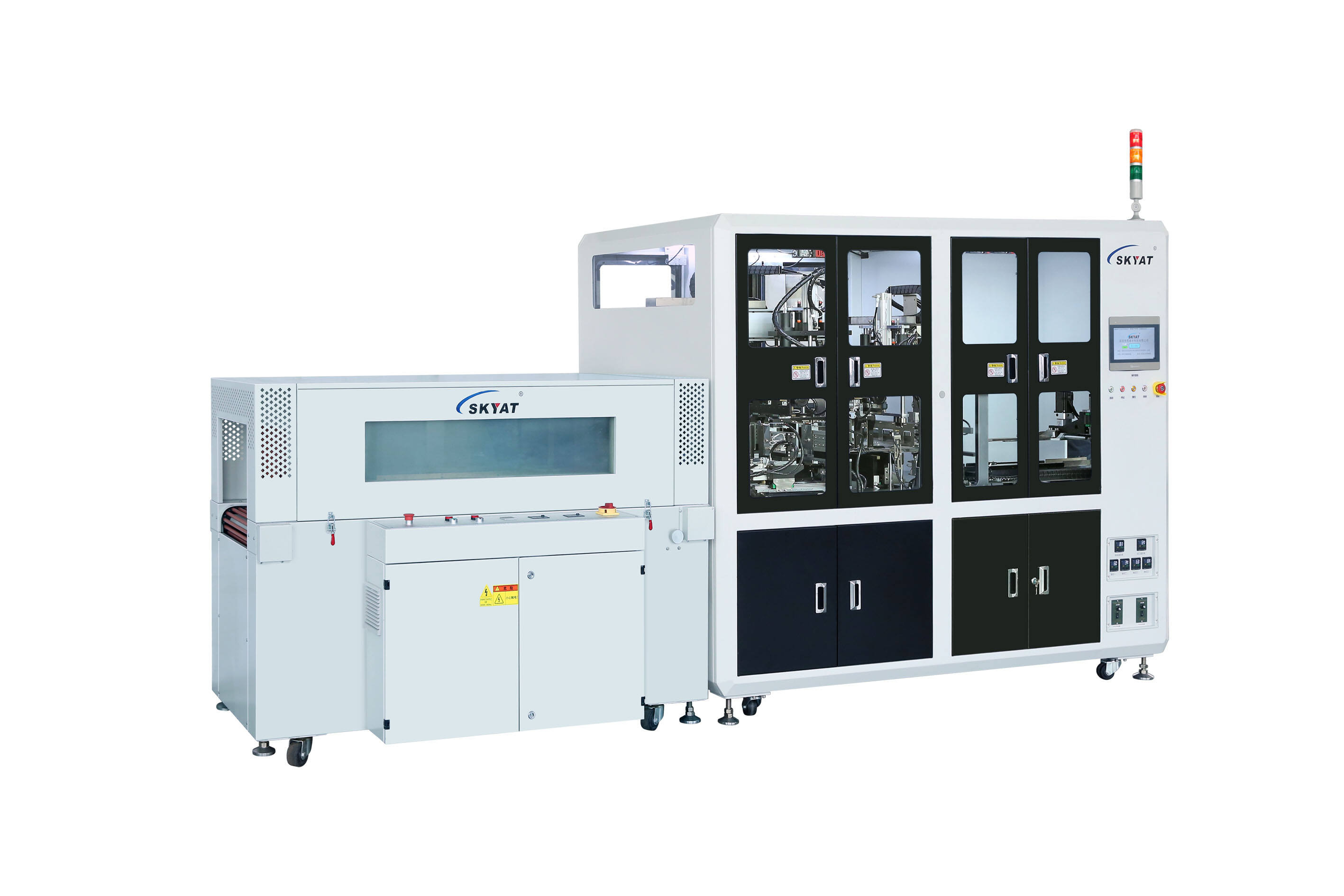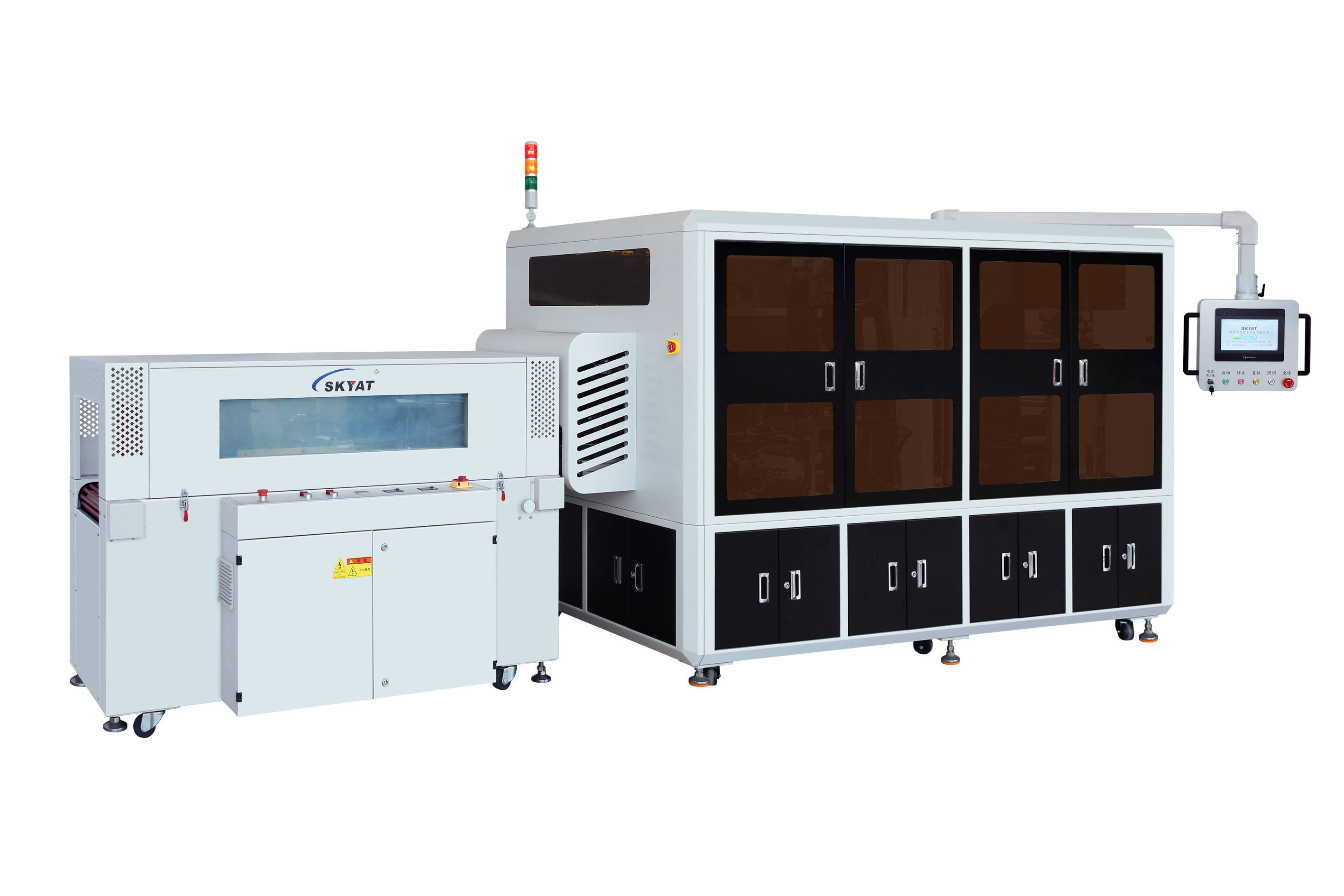Comparing features of shrink wrapping equipment is essential for businesses to select the right solution for their industry, whether they operate in electronic manufacturing, pharmaceuticals, tea processing, or automotive production. Key features to evaluate include automation level, speed, material compatibility, and advanced technologies, as these determine how well the equipment aligns with production needs and long-term goals. Automation level is a primary distinction. Manual shrink wrapping equipment, such as tabletop heat guns or semi-automatic L-sealers, requires significant operator input—loading products, feeding film, and triggering heating. These are ideal for small-batch operations, like boutique cosmetics brands, offering low upfront costs and flexibility for irregular items e.g., custom ceramic pieces. Semi-automatic machines balance automation with human control, using motorized film feed but requiring manual product placement—suitable for medium-volume industries like healthcare products manufacturing, where production runs are consistent but not massive. Fully automatic systems, by contrast, integrate conveyors, robotic loaders, and sensors to handle every step, making them perfect for high-volume sectors like smart electronics production, where speed and consistency are critical. Speed and throughput capabilities vary widely. Manual equipment typically handles 5-30 items per minute, while semi-automatic machines range from 30-60 items/minute. Fully automatic systems, however, can process 100-300+ items/minute, a necessity for industries like automotive parts manufacturing or large-scale tea packaging. When comparing, it’s important to match speed to peak production demands—overestimating can lead to unnecessary costs, while underestimating causes bottlenecks. For example, a game console manufacturer with daily output of 10,000 units needs an automatic machine with at least 150 items/minute capacity to meet deadlines. Material compatibility is another critical feature. Shrink wrapping equipment must work seamlessly with the film type e.g., PVC, PE, or biodegradable used in the industry. Manual heat guns may struggle with thick films e.g., those used for steel parts, while automatic machines with adjustable heating zones handle diverse materials. For instance, a machine used in new energy component packaging must accommodate eco-friendly films, which require precise heat control to avoid melting. Similarly, pharmaceutical equipment needs compatibility with sterile, medical-grade films to meet regulatory standards. Advanced features like sensors and connectivity set high-end equipment apart. Fully automatic machines often include vision systems that scan products to adjust wrapping parameters in real time—ideal for irregularly shaped items like drone components. IoT connectivity allows remote monitoring of performance metrics e.g., film usage, downtime, enabling proactive maintenance. Manual and semi-automatic machines lack these features but may offer simple digital controls for temperature or speed, useful for small operations seeking consistency. Durability and maintenance requirements also differ. Industrial-grade automatic machines, built with stainless steel frames and heavy-duty components, withstand 24/7 use in harsh environments e.g., dusty steel mills but require regular professional maintenance. Manual equipment, with fewer moving parts, is easier to repair but less durable under constant use. For example, a tea processing plant with seasonal peaks may prefer a semi-automatic machine—durable enough for busy periods but low-maintenance during lulls. By weighing these features against their specific needs—volume, product type, and budget—businesses can select shrink wrapping equipment that maximizes efficiency, quality, and return on investment.




Copyright © 2025 By Skyat Limited. - Privacy policy